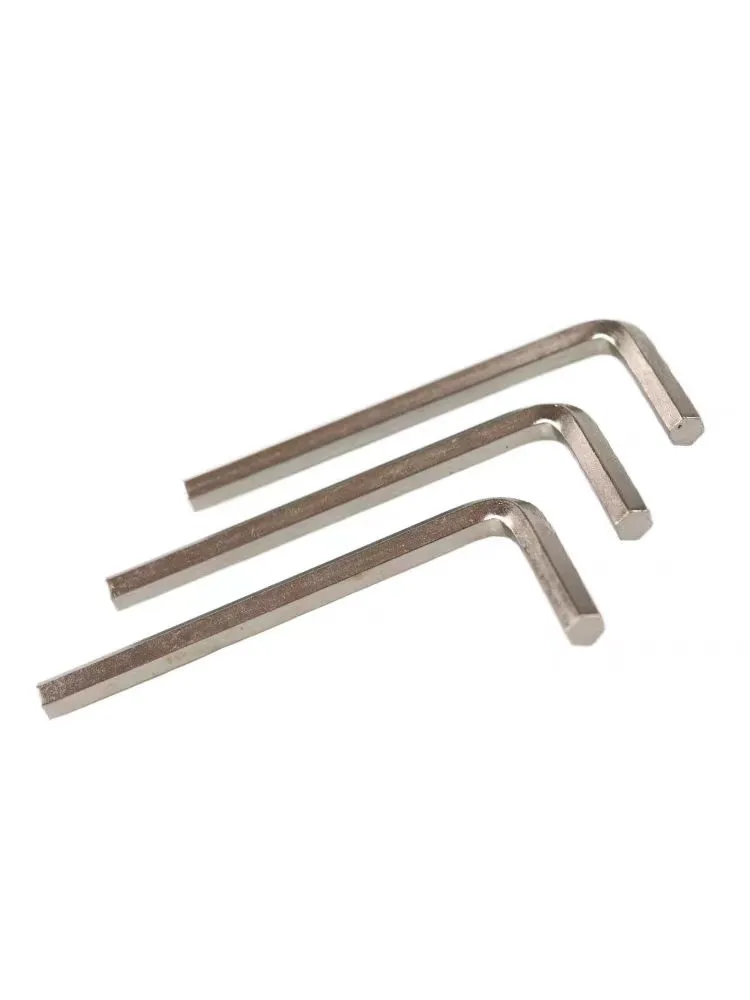

Exploring the Versatility and Applications of Hexagonal Nuts in Various Industries
Oct . 05, 2024 06:46 Back to list
Exploring the Versatility and Applications of Hexagonal Nuts in Various Industries
The Versatile Hex Nut A Comprehensive Overview
In the world of mechanical engineering and construction, the hex nut stands out as a fundamental component that plays a vital role in securing structures and machinery. With its simple yet effective design, the hex nut is an essential fastener used across various industries, including automotive, aerospace, and construction.
A hex nut, characterized by its six-sided shape, is primarily designed to be paired with a bolt or screw. This unique geometry allows for easy gripping with wrenches or pliers, making it convenient for assembly and disassembly. Hex nuts come in different sizes, materials, and finishes, enabling their application in numerous environments, from high-stress industrial settings to light-duty domestic projects.
One of the key reasons for the widespread use of hex nuts is their versatility. They can be made from various materials such as steel, stainless steel, brass, and nylon, each selected based on the requirements of the specific application. For instance, stainless steel hex nuts are highly resistant to corrosion and are ideal for outdoor applications or in environments where moisture is prevalent. On the other hand, nylon hex nuts offer excellent resistance to certain chemicals and can be crucial in electrical applications where conductivity needs to be avoided.
hex nut

The importance of proper torque application when using hex nuts cannot be overstated. Applying the correct amount of torque ensures that a joint remains secure under a variety of operating conditions. Insufficient torque can lead to loosening over time, while excessive torque can cause damage to the nut, bolt, or the materials being fastened. This balance of force is typically measured using a torque wrench, which allows for precision in assembly.
In addition to their functional attributes, hex nuts also play a crucial role in ensuring safety. In critical applications, such as those found in aerospace or automotive manufacturing, the integrity of a fastener can mean the difference between success and failure. The proper selection and application of hex nuts can prevent catastrophic failures that may arise from sudden loosening or strip-out, protecting both machinery and human life.
Despite their robust design and functionality, hex nuts are not without their challenges. For example, overtightening can lead to thread stripping or galling, where the materials fuse together. Additionally, over time, factors such as vibration, environmental changes, and wear can contribute to loosening. Therefore, engineers often employ various locking mechanisms, such as lock washers, adhesive solutions, or nylon inserts, to enhance the reliability of nut and bolt connections.
In conclusion, the hex nut is an indispensable fastener that exemplifies functionality, versatility, and safety in assembly applications. Whether used in simple projects at home or complex systems in industrial settings, hex nuts continue to be a backbone of mechanical construction. Understanding their properties and appropriate applications is essential for anyone involved in design, engineering, or construction, ensuring that structures and machines not only perform efficiently but also safely navigate the challenges of modern engineering.
Latest news
-
High-Strength Hot Dip Galvanized Bolts - Hebei Longze | Corrosion Resistance, Customization
NewsJul.30,2025
-
Hot Dip Galvanized Bolts-Hebei Longze|Corrosion Resistance&High Strength
NewsJul.30,2025
-
High-Strength Hot-Dip Galvanized Bolts-Hebei Longze|Corrosion Resistance&High Strength
NewsJul.30,2025
-
Hot Dip Galvanized Bolts-Hebei Longze|Corrosion Resistance&High Strength
NewsJul.30,2025
-
Hot Dip Galvanized Bolts - Hebei Longze | Corrosion Resistance, High Strength
NewsJul.30,2025
-
High-Strength Hot Dip Galvanized Bolts-Hebei Longze|Corrosion Resistance, Grade 8.8
NewsJul.30,2025

